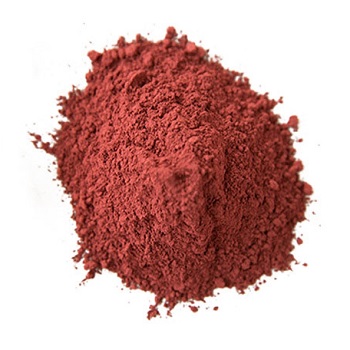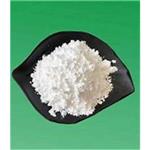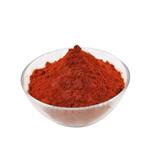Physical properties
Brown crystalline solid; deliquesces; decomposes on heating; moderately soluble in water, forming a turbid solution; hydrolyzes in excess water forming a brown basic salt; soluble in dilute nitric acid.

Palladium(II) nitrate is a reagent that can be used to link two smaller molecules together with a covalent bond. It can also be used in place of other palladium salts as a precursor to palladium catalysts formed in situ, such as Pd" or Pd" phosphine complexes.
The soluble yellow-brown Palladium(II) nitrate is formed by dissolving finely divided Pd in warm HNO3 and then crystallizing the compound from this solution. The analogous sulfate is similarly formed from H2SO4. It crystallizes as a red-brown dihydrate. Both these compounds easily hydrolyze.
Uses
Palladium nitrate is a catalyst in many organic synthesis.
Preparation
Palladirm nitrate may be prepared by dissolving palladium oxide hydrate in dilute nitric acid followed by crystallization. The nitrate crystallizes as yellow-brown deliquescent prisms. Alternatively, the compound may be obtained by reacting palladium metal with nitric acid.
Chemical Properties
brown deliquescent crystal(s); heating causes decomposition; used as a catalyst [MER06] [HAW93]
Uses
Palladium matrix modifier may be used in determination of total arsenic by in situ oxidation of diluted urine using graphite furnace atomic absorption spectrophotometer.
Uses
Palladium(II) nitrate is used as a reactant for doping activated carbon for catalysis. It acts as a catalyst for hydrogenation of 1-heptyne and naphthalene. It serves as an important raw material for the preparation of platinum-palladium carbon alloy nanocatalysts for methanol-tolerant oxygen reduction reaction in fuel cells and in the synthesis of copper palladium alloy thin films. Furthermore, it is used in the synthesis of di-phenyl sulfide-modified palladium-titanium dioxide catalysts for acetylene hydrogenation.
Uses
Separation of Cl2 and I2; catalyst in organic syntheses.
General Description
Matrix modifier in general, is a buffer that is similar to the chemical environment of aqueous standards and samples. It can also make analyte more thermally stable salts, oxides or metal compounds. It also reduces the volatility of analyte.
Flammability and Explosibility
Not classified
reaction suitability
reagent type: catalyst
core: palladium








